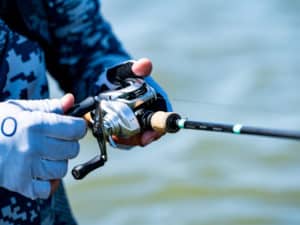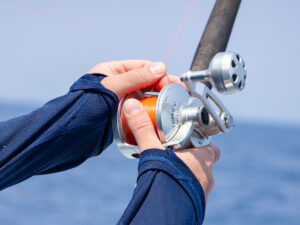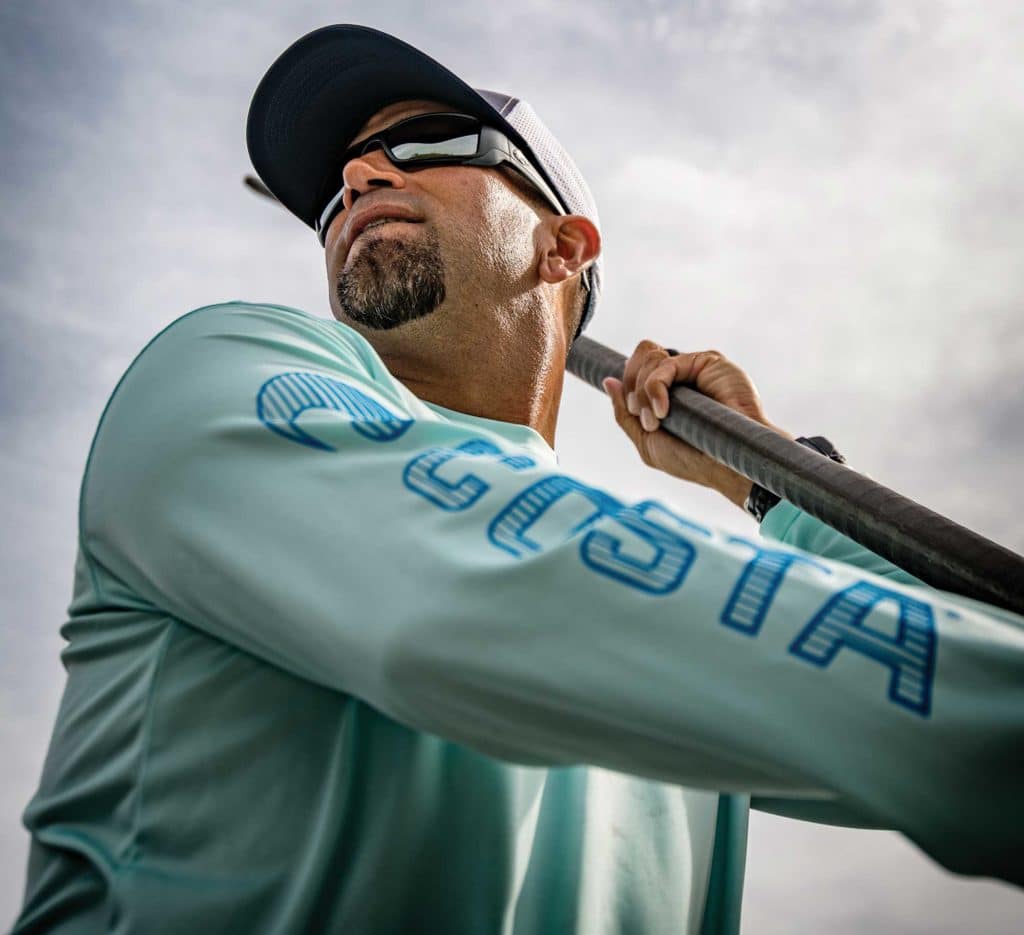
Polarized sunglasses are as indispensable to anglers as fishing rods, reels, lines and lures. But for the longest time, those whose eyesight wasn’t the sharpest either had to put up with their blurry vision while wearing sunglasses or grin and glare it while fishing with non-polarized prescription lenses.
That has changed over the past few years, and several manufacturers of high-quality polarized sunglasses now offer the same high-quality, custom-made prescription lenses in a high percentage of their various frame styles. They include single vision, bifocal and progressive lenses. And many health- or vision-insurance plans cover prescription sunglasses.
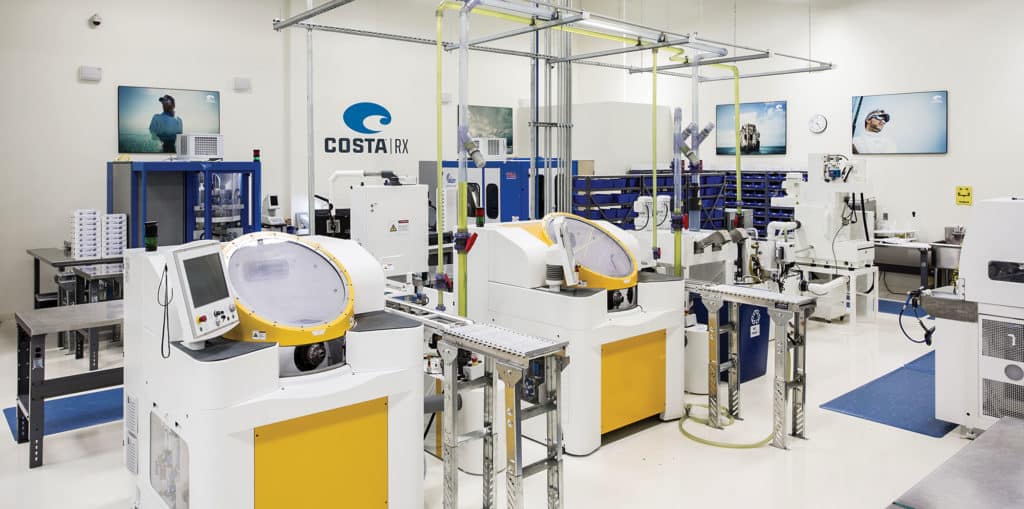
Recent Rx Advances
It used to be that good prescription sunglasses meant glass lenses. The majority of manufacturers now make Rx lenses of polycarbonate plastic, lighter than glass and scratch- and impact-resistant. Manufacturers offer bifocal and progressive lenses for those who need to spot tailing fish in the distance, as well as to see close up to tie knots and thread leader through hook eyes.
The quality of the lenses has improved considerably in recent years, with manufacturers using proprietary labs to ensure that their prescription sunglasses are made to their exact specifications. Years ago, you likely had sunglasses made in an optical store that lacked lens standards.
Costa is one manufacturer that has brought Rx sunglasses back in-house. The company opened its own lab at its Daytona Beach, Florida, headquarters in 2012 after developing its 580 polarized lenses. According to senior marketing manager Terri Osso Hannah, prescriptions with the patented 580 lenses can be made only by Costa.
“We always want to make sure our prescription glasses match our non‑prescription glasses,” she says, adding that orders for prescription sunglasses have significantly increased.
Wiley X, which got its start more than 30 years ago making protective eyewear for the military and law enforcement, has its prescription sunglasses lenses made at its proprietary lab in California. The lab specializes in crafting lenses for the company’s high-wrap frames. Like Wiley X’s regular lenses, the prescription lenses meet the ANSI Z87.1 safety standard for high-velocity and high‑mass impact.
“It’s a little bit trickier to put our lenses into a prescription, but the lab has a lot of experience with those high wraps,” senior marketing manager Leslie Duprey, says, adding that the lab also does something called digital edge thinning to make the lenses exceptionally thin, and “the result is a much clearer prescription.”
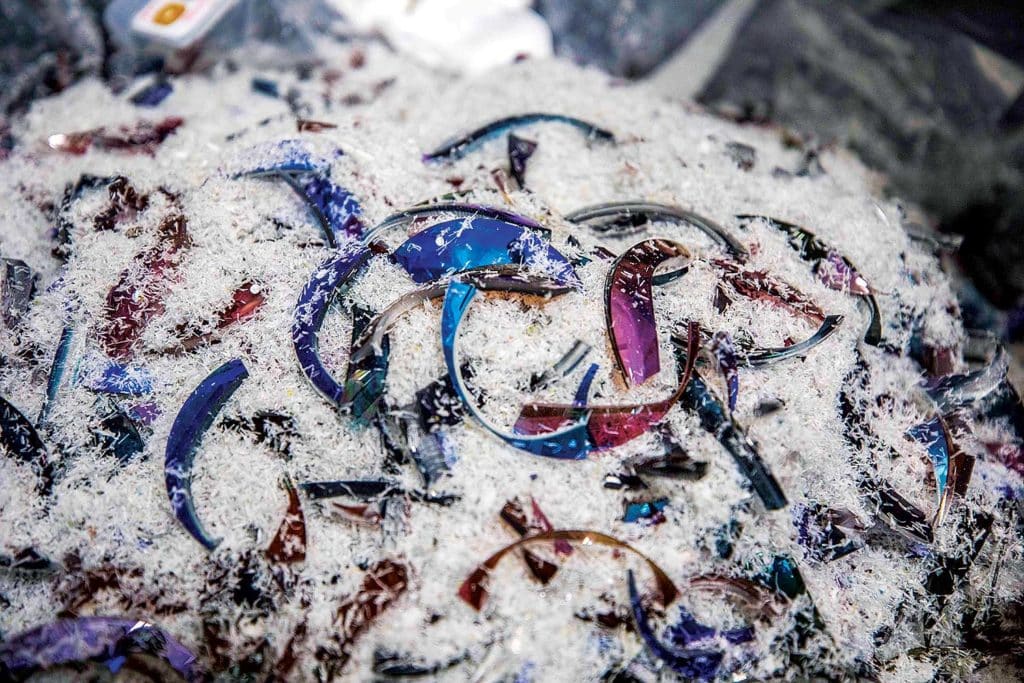
The Prescription Process
Manufacturers generally sell their prescription sunglasses through optical stores. You get your prescription and go to a store that carries the brand you like and have that retailer order the frames and lenses you want. You can find optical stores that sell prescription Costa sunglasses at costadelmar.com.
Hannah says that when Costa receives an order, it is processed on site and shipped to the optical store, a process that takes anywhere from five to seven working days for polycarbonate lenses and up to 10 days for glass lenses. Costa etches its lenses with the Costa logo and 580, and includes an authenticity card so the buyer knows Costa made the glasses.
Wiley X etches the WX logo into the lenses of its prescription sunglasses, which come with a certificate of authenticity. It has a dealer locator at wileyx.com; dealers shown with an “Rx” symbol have the glasses made at the Wiley X lab after you choose your lens and frame style. The sunglasses will be ready in one to two weeks.
“We really want to be the ones who do the prescription,” Duprey says. “Otherwise, it’s really hard to control the quality.”
By the time you’re reading this, prescription eyewear should also be available directly on the Wiley X website. Customers will be able to submit a current prescription and select the lenses and frames they want.
Fans of Oakley eyewear can also order their prescription sunglasses online. The oakley.com website provides a step-by-step procedure. Select the frames and lenses, and go to checkout to pay for the glasses. Then submit your prescription and have your sunglasses shipped to you.
Maui Jim, which broke ground on its prescription lab in 2006, has customers order Rx sunglasses from the company’s authorized retailers, listed at mauijim.com. Based on your location, you can see the number of unique styles at each retailer.
Prescription Hobie sunglasses can be ordered at hobiepolarized.com. The glasses are made at Hobie’s optical partner Sport Rx and delivered directly to the customer.
The Hobie website is extremely user-friendly when it comes to customizing your sunglasses. After selecting the frames, the consumer chooses the type of prescription lenses, such as single vision or progressive, lens material, lens features, lens color, and the type of activity the glasses will be used for. A price is generated based on those selections, and the prescription is submitted after payment.
Consumers can order polarized prescription Ray-Ban sunglasses at ray-ban.com; after clicking on the prescription sunglasses icon, recommended frames appear. After selecting a style, the customer selects the frame color, lens color, type of prescription lenses, and any custom features. After checkout, your prescription can be emailed, faxed or uploaded to Ray-Ban, and the sunglasses will be delivered within five business days of receiving the prescription.

Rx Ranges
The various manufacturers offer different ranges of prescriptions, so even those with extreme vision needs can get sunglasses that will help them see and fish better. Note that not all prescriptions are available in all models, so consumers need to do their homework before making a purchase.
For Costa plastic lenses, the prescription range is +3.00 to -5.00. The Rx range for glass lenses is +3.00 to -3.00. Costa also has several C-Mate models that come with readers at the bottom of the lenses in +1.50, +2.00 and +2.50 strengths. The readers mean anglers don’t have to take off their sunglasses to tie knots or read texts on their cellphones.
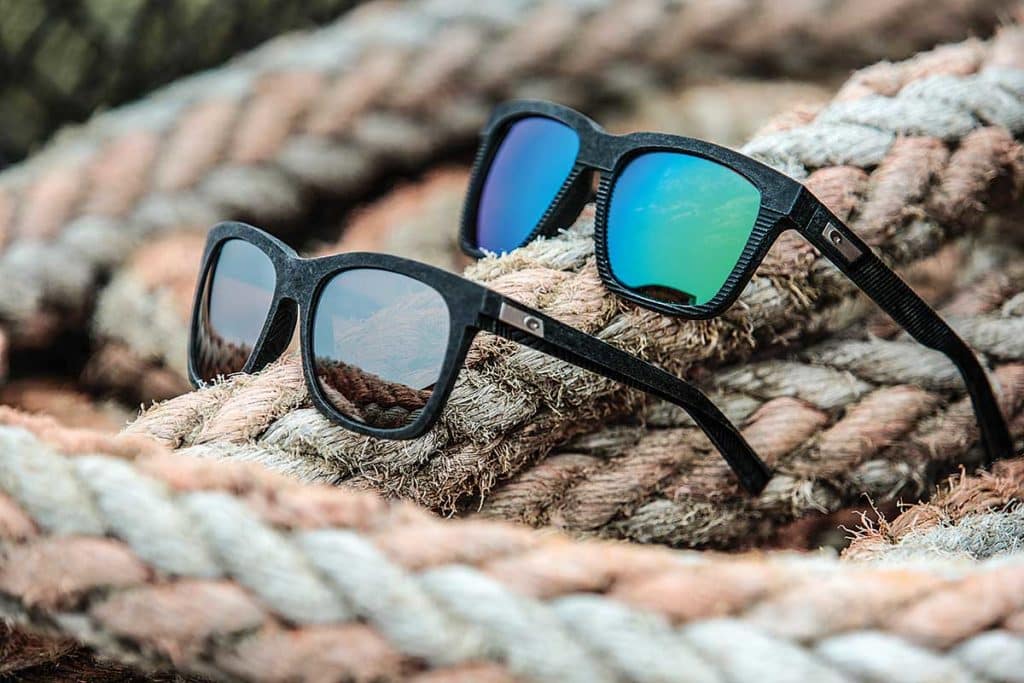
Wiley X offers prescriptions from +5.00 to -7.00 according to Duprey. (The plus number is for farsightedness, and the minus number is for nearsightedness.) The company’s Titan matte black frames with Rx rims accommodate a flatter glass lens, which allows for stronger prescriptions.
Oakley offers OTD Edge technology for those with hard-to-fit prescriptions. OTD Edge expands the Rx range in the company’s high-wrap sunglasses to +4.00 to -6.00. Depending on the frame style, Ray-Ban lens prescriptions can range from +6.00 to -6.00.
In addition to its prescription sunglasses, Maui Jim offers MauiReaders Plus. For an extra $40, non-prescription sunglasses can be created with readers in +1.50, +2.00 and +2.50 strengths. Hobie also has some reader models.



